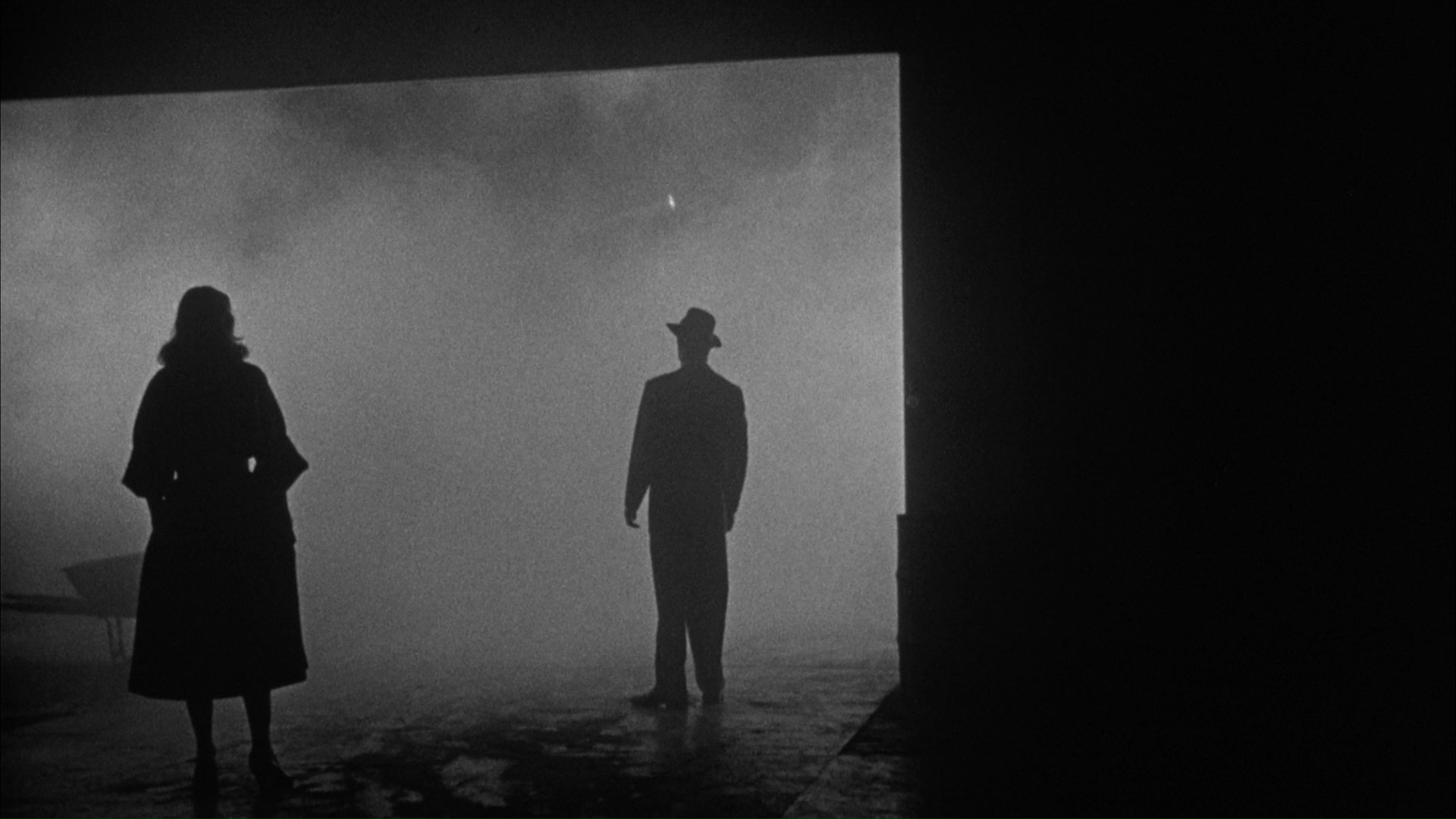but he knew there had to be a reason they preferred that he use "interpolate" . . .
in lieu of using "interpellate."
Whatever their reasons, he knew he didn't trust them . . .
but he also knew that no matter how hard he tried to get away . . .
or defer to someone or something else . . .

they would be there, waiting.
 He knew this was about more than just words, though . . .
that it was about more than just being followed or corrected or disciplined.
He began to wonder who he was in relation to them . . .
and who they wanted him to be.
He wondered how he could be in the driver's seat . . .
how he could manage to work within the constraints they imposed and possibilities they offered while realizing some semblance of the identity and message he sought to deliver all the while.
And even if that identity and that message weren't exactly what he expected or desired . . .
at least he came away from it all with a better understanding of the figure in the shadows . . .
and the network of affordances and limitations he was working in as he composed his life in this place.
Reflections on "The Ontologies of Microsoft Word: A Noir Storyboard with Captions":
In A Composition Made Whole, Jody Shipka discusses
the ways in which representational systems and technologies outside or
supplemental to the purview of textual production tend to be undervalued,
derided, and/or ridiculed as playful, uncritical, and unsophisticated gestures
that merely distract from the "real work" of higher education. Shipka
places a great deal of emphasis on having compositionists work to facilitate an
understanding of the "complex ways that texts come to be," a habit of
mind that celebrates the “complex and highly distributed processes associated
with the production of texts" (13). In my multimodal representation, I
sought to elucidate the process by which texts are produced by harking to moments
where users might work with writing technologies, like Microsoft Word, and bump
up against the affordances and limitations of the medium they’re working in when they attempt to convey meaning. I represented all of this through the Noir
genre, because it underscored the insidious, elusive, and mysterious character
of the unique affordances and limitations that comprise mediational means and their capacity to become
naturalized, common, and neutral without adequate critical attention. The shadowy figure
that hangs over efforts to convey meaning like a specter serves as a reminder of the constraints that all media impose. Though this shadowy figure cannot necessarily be done away with entirely by users, like Shipka, I attempt to extol the virtues of creatively and critically navigating these obstacles by representing this particular user as a prospective "individual-interacting-with-mediational-means," a user who is beginning to form a sort of media ecology around their nascent understandings of the network of affordances and limitations they are working in when using a particular medium.
| 






 He knew this was about more than just words, though . . .
He knew this was about more than just words, though . . .


No comments:
Post a Comment